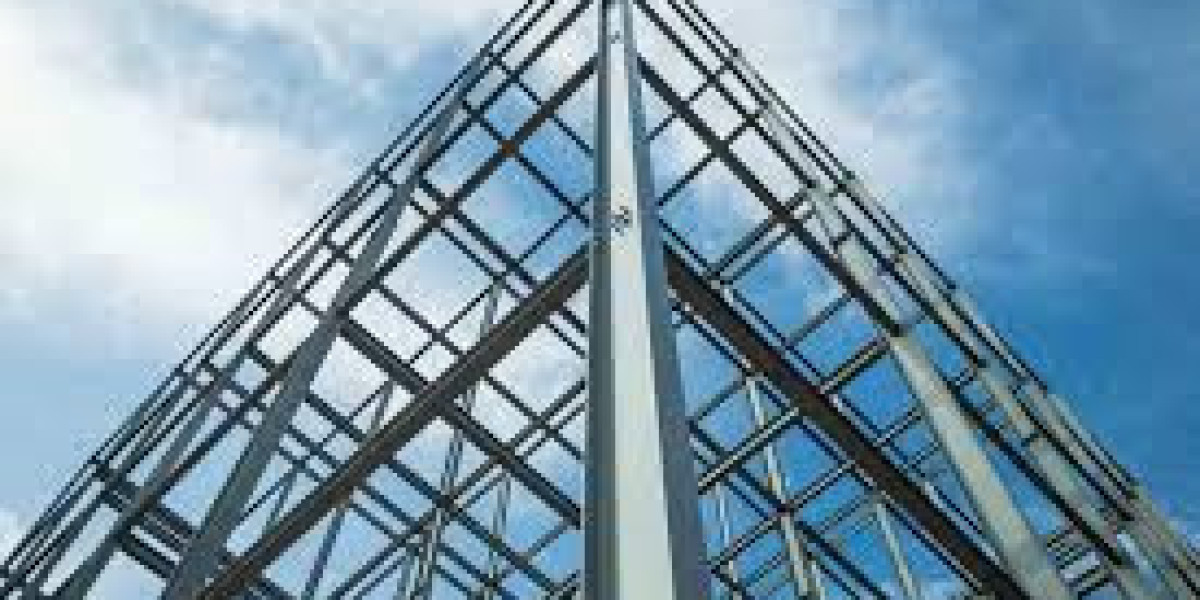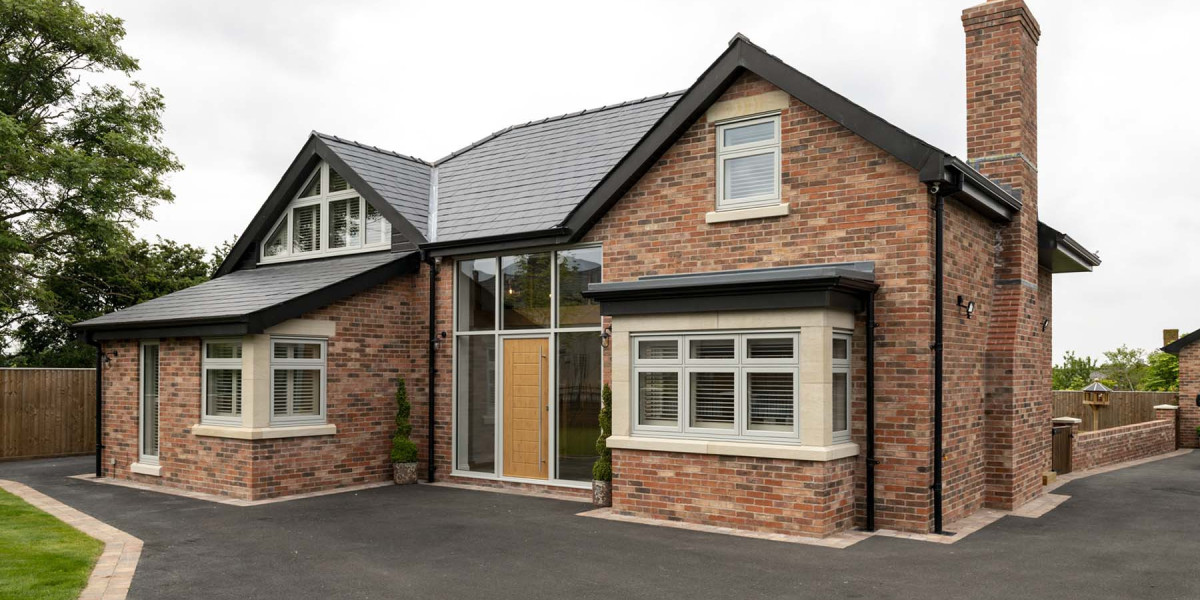Introduction
The construction industry has been experiencing a rapid transformation in recent years, with sustainability, efficiency, and cost-effectiveness at the forefront of every project. Among the many modern materials reshaping the way buildings are designed and constructed, cold-formed steel (CFS) has emerged as a standout choice. Unlike hot-rolled steel, cold-formed steel is manufactured by rolling thin sheets of steel at room temperature into precise shapes, making it lightweight, highly versatile, and exceptionally strong.
The latest innovations in cold-formed steel construction are revolutionizing how architects, engineers, and builders approach structural design. From modular prefabrication to advanced coatings and smart integration, cold-formed steel is bridging the gap between modern architectural needs and environmental demands. For homeowners, contractors, and developers alike, understanding these advancements is crucial to making informed decisions that balance durability, cost, and sustainability.
The Rise of Cold-Formed Steel in Modern Construction
Cold-formed steel has been used for decades, particularly in roofing, wall framing, and flooring systems. However, its popularity has significantly increased in recent years due to several unique advantages:
Lightweight yet strong: CFS can bear heavy loads while being easy to transport and assemble.
Precision manufacturing: Cold-rolling techniques ensure dimensional accuracy, which reduces construction errors.
Sustainability: Steel is 100% recyclable, aligning with green building practices.
Durability: Resistant to termites, rot, and fire, cold-formed steel outperforms traditional materials like timber in many respects.
These qualities have made CFS a preferred choice for residential, commercial, and industrial projects, especially as construction increasingly embraces off-site manufacturing and modular building practices.
Innovations in Cold-Formed Steel Manufacturing
One of the most significant shifts in cold-formed steel construction lies in the manufacturing process itself. Cutting-edge technologies are making steel production more efficient, eco-friendly, and adaptable to diverse construction needs.
1. Roll-Forming Automation
Modern automated roll-forming machines can now fabricate CFS components with minimal human intervention. This not only reduces labor costs but also improves precision in producing custom profiles. With computer-aided design (CAD) integration, complex shapes can be manufactured to exact specifications, allowing for greater architectural flexibility.
2. High-Strength Steels
The introduction of high-tensile strength cold-formed steel has expanded its applications into taller and more complex structures. Stronger grades mean thinner sections can be used without compromising performance, reducing material usage and overall project costs.
3. Sustainable Coatings
To extend lifespan and improve corrosion resistance, innovative coatings such as zinc-aluminum-magnesium (ZAM) are being applied to CFS components. These coatings outperform traditional galvanization, especially in coastal or humid environments.
Cold-Formed Steel in Modular and Prefabricated Construction
Perhaps the most exciting innovation in CFS construction is its seamless integration with modular and prefabricated building methods.
Off-site manufacturing: Panels and frames made of CFS can be fabricated in a factory-controlled environment, ensuring accuracy and reducing on-site labor.
Quick assembly: Prefabricated cold-formed steel modules are designed to interlock easily, cutting down project timelines.
Waste reduction: Since components are pre-cut, there is less on-site waste compared to traditional construction materials.
This has been especially impactful in sectors such as affordable housing, disaster relief shelters, and high-density residential projects, where speed, cost, and sustainability are critical.
Structural Applications and Design Innovations
Cold-formed steel is no longer limited to interior partitions and roofing. New engineering approaches are expanding its scope across major structural elements.
1. Multi-Story Buildings
Traditionally, CFS was seen as suitable for low-rise buildings. Today, innovations in connection systems and hybrid construction methods allow cold-formed steel to be used in mid-rise and even multi-story structures. Engineers are increasingly combining it with reinforced concrete and hot-rolled steel for optimized performance.
2. Fire-Resistant Designs
Modern research has improved the fire rating of CFS assemblies, making them safer for residential and commercial use. Integration of fire-resistant insulation and advanced coatings provides better protection without adding excessive weight.
3. Seismic Performance
Cold-formed steel’s light weight and flexibility make it particularly suitable for earthquake-prone regions. Engineers are leveraging advanced bracing systems to enhance seismic resilience, reducing the risk of collapse during natural disasters.
Digital Integration and Smart Construction
Another key innovation is the integration of digital technologies into CFS design and construction.
Building Information Modeling (BIM): Cold-formed steel structures can now be modeled with BIM software, allowing teams to detect clashes, plan construction sequences, and optimize materials before fabrication.
IoT-enabled monitoring: Sensors embedded into CFS structures can monitor load stress, temperature, and corrosion in real time, extending building life cycles.
3D printing integration: While still in development, research is exploring hybrid methods where CFS components can complement 3D-printed structures, offering flexibility and strength.
These digital tools are enabling smarter, more efficient construction projects while reducing costly delays and errors.
Sustainability and Green Building Standards
As environmental concerns grow, the sustainability profile of cold-formed steel is driving its adoption worldwide.
100% recyclability ensures minimal environmental footprint.
Reduced embodied carbon compared to traditional materials like concrete.
Compatibility with renewable energy designs, such as solar panel roof systems and green wall integrations.
Green building certifications such as LEED and BREEAM increasingly recognize cold-formed steel as a material of choice for eco-friendly projects. With innovations in coatings and production, its carbon footprint is set to decrease even further.
Comparison Table: Cold-Formed Steel vs. Traditional Construction Materials
Feature/Aspect | Cold-Formed Steel (CFS) | Timber/Wood Construction | Concrete Structures |
Weight | Lightweight, easy to transport | Heavier than steel (when structural timber is used) | Very heavy |
Durability | Resistant to termites, rot, fire, and corrosion (with coatings) | Susceptible to pests, moisture, and decay | Extremely durable but prone to cracking |
Sustainability | 100% recyclable, low waste | Renewable but not always sustainably sourced | High carbon footprint |
Cost Efficiency | Lower labor & maintenance costs | Initial cost lower but higher maintenance | Higher initial and maintenance costs |
Design Flexibility | Highly customizable, compatible with BIM | Limited span and flexibility | Good flexibility but requires reinforcement |
Construction Speed | Faster with prefabrication | Moderate | Slower due to curing time |
Structural Performance | High strength-to-weight ratio, good seismic performance | Limited for multi-story buildings | Very strong but heavy |
Analysis of the Table
This comparison highlights why cold-formed steel is becoming a preferred material across multiple sectors. While wood and concrete have long been staples in construction, CFS stands out for its lightweight durability, eco-friendliness, and cost efficiency. In particular, its synergy with digital design tools and prefabricated methods gives it an edge in modern construction environments where speed and precision are crucial.
Practical Tips for Choosing Cold-Formed Steel Construction
If you’re considering cold-formed steel for your next project, here are some tips to ensure success:
Evaluate your project scale – For mid-rise or modular housing, CFS offers excellent efficiency. For very tall skyscrapers, a hybrid approach may be better.
Consider your environment – In coastal or humid areas, ensure your CFS components have advanced corrosion-resistant coatings.
Leverage prefabrication – Work with contractors who specialize in modular CFS construction to cut down timelines and waste.
Integrate digital tools – Use BIM modeling to optimize design, reduce errors, and ensure smooth on-site assembly.
Factor in long-term costs – While upfront costs may be slightly higher than wood, the lower maintenance and longer lifespan of CFS often result in significant savings.
Frequently Asked Questions (FAQs)
Q1. What is cold-formed steel and how is it different from hot-rolled steel?
Cold-formed steel is made by rolling thin steel sheets at room temperature into precise shapes. Unlike hot-rolled steel, which is formed at high temperatures, CFS is lightweight, highly accurate, and more suitable for prefabricated and modular construction.
Q2. Is cold-formed steel more expensive than traditional materials?
While the initial cost of CFS components may be slightly higher than wood, the long-term savings in labor, reduced construction time, and minimal maintenance make it more cost-effective overall.
Q3. Can cold-formed steel be used in multi-story buildings?
Yes. Innovations in design and connections now allow CFS to be used in mid-rise and multi-story projects, often in combination with other structural materials.
Q4. Is cold-formed steel environmentally friendly?
Absolutely. It is 100% recyclable, produces less construction waste, and often has a lower embodied carbon footprint compared to concrete.
Q5. How durable is cold-formed steel in harsh environments?
With advanced coatings like zinc-aluminum-magnesium, CFS offers excellent corrosion resistance, making it suitable for coastal and humid conditions.
Conclusion
The latest innovations in cold-formed steel construction are transforming the way buildings are designed, built, and maintained. From automated manufacturing and sustainable coatings to digital integration and modular applications, CFS is redefining modern construction with efficiency, sustainability, and resilience at its core.
For developers, contractors, and homeowners, embracing cold-formed steel means investing in a future where buildings are stronger, greener, and faster to construct. As the industry continues to evolve, cold-formed steel is set to play a pivotal role in meeting the world’s growing demand for sustainable, cost-effective, and high-performance construction solutions.
Take the next step today—explore cold-formed steel solutions for your project and be part of the future of construction.








